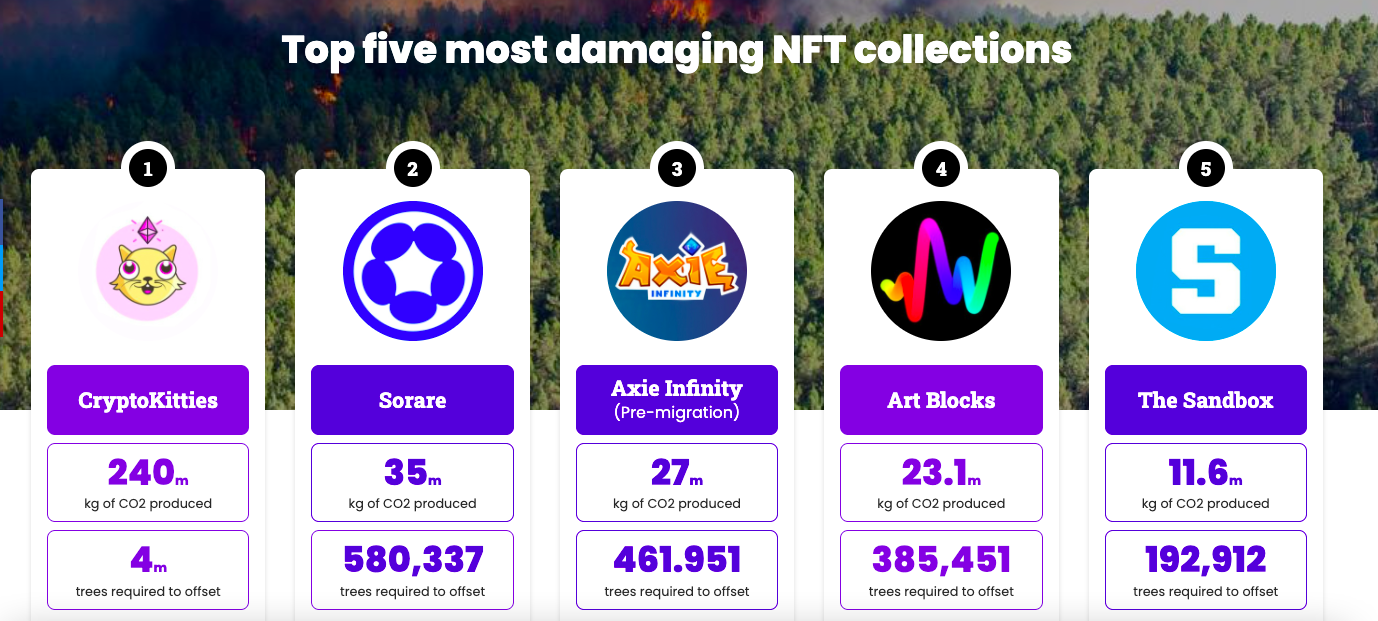One of the latest crazes that have taken over the world is the creation, selling, and buying of NFTs, with some in Singapore jumping on the bandwagon.
An NFT—Non-Fungible Token—is a one-of-a-kind unit of data on a digital ledger or a blockchain. Each unit may represent a unique digital item, making them non-interchangeable.
Simply said, NFTs are digital assets that can represent objects in real life such as art, real estate, music, etc.
Last month, China-born and NUS-educated Instagram influencer Irene Zhao was featured in The Sun for having made more than £4million in ten days by selling NFTs.
“Even Logan Paul has bought her collection,” The Sun wrote. Paul, who hails from the US, is one of YouTube’s biggest stars, with over 23.4 million followers.


In January, Singaporean artist Hafiiz Karim, aka The Next Most Famous Artist, in one day sold over 100 pieces of art worth more than US$100,000.


And British superstar Idris Elba bought his first NFT from fashion and advertising photographer Shavonne Wong, much to her delight and surprise.


All over the globe, the amount made in the crypto artwork industry recently has reached approximately US$13 billion dollars in sales, with individual artwork being sold for millions.
Sounds like a win-win situation, right? Artists sell their creations, buyers purchase one-of-a-kind items, and everybody wins, right?
Right?
Well… maybe not.
The loser, as it turns out, just maybe the environment.
A recent piece on the “Eco Impact of NFTs” calls this “a dark secret” that “lies at the heart of the NFT and cryptocurrency world.”
The article underlines the “huge negative impact that NFTs have on the environment” coming at a time when the realities of global warming and other environmental problems have reached a crisis point.
Memo Atken, one NFT artist, says that “one NFT artist’s half a year NFT carbon cost is equivalent to driving a car 838 thousand kilometers, or boiling a kettle 3.5 million times.”
An average NFT is said to produce 211 kilograms of carbon dioxide into the atmosphere due to the process of creating and purchasing digital artwork.
To get a clearer picture, think of it this way: one tree can offset an average of 60 kilograms of C02.
This means that it would take at least three and a half years to offset each NFT.
The steps in creating, buying, and selling NFTs all have a cost on the environment, as we can see from the table below.


“Minting a brand new NFT has a massive negative impact on the climate, the carbon cost of blockchain mining is immense. Moreover, as there are thousands of crypto miners across the world attempting to win the race, adding any NFT to a blockchain uses around 83kg of CO2 (1.38 trees). Therefore, all primary mint sales of NFTs have this cost, regardless of their financial value.”
The piece also listed the five NFT collections most damaging to the environment.


So, the NFT you buy may bring a sense of clout and prestige, but the environment, and not to mention later generations of Singaporeans, will be paying a big price. /TISG

